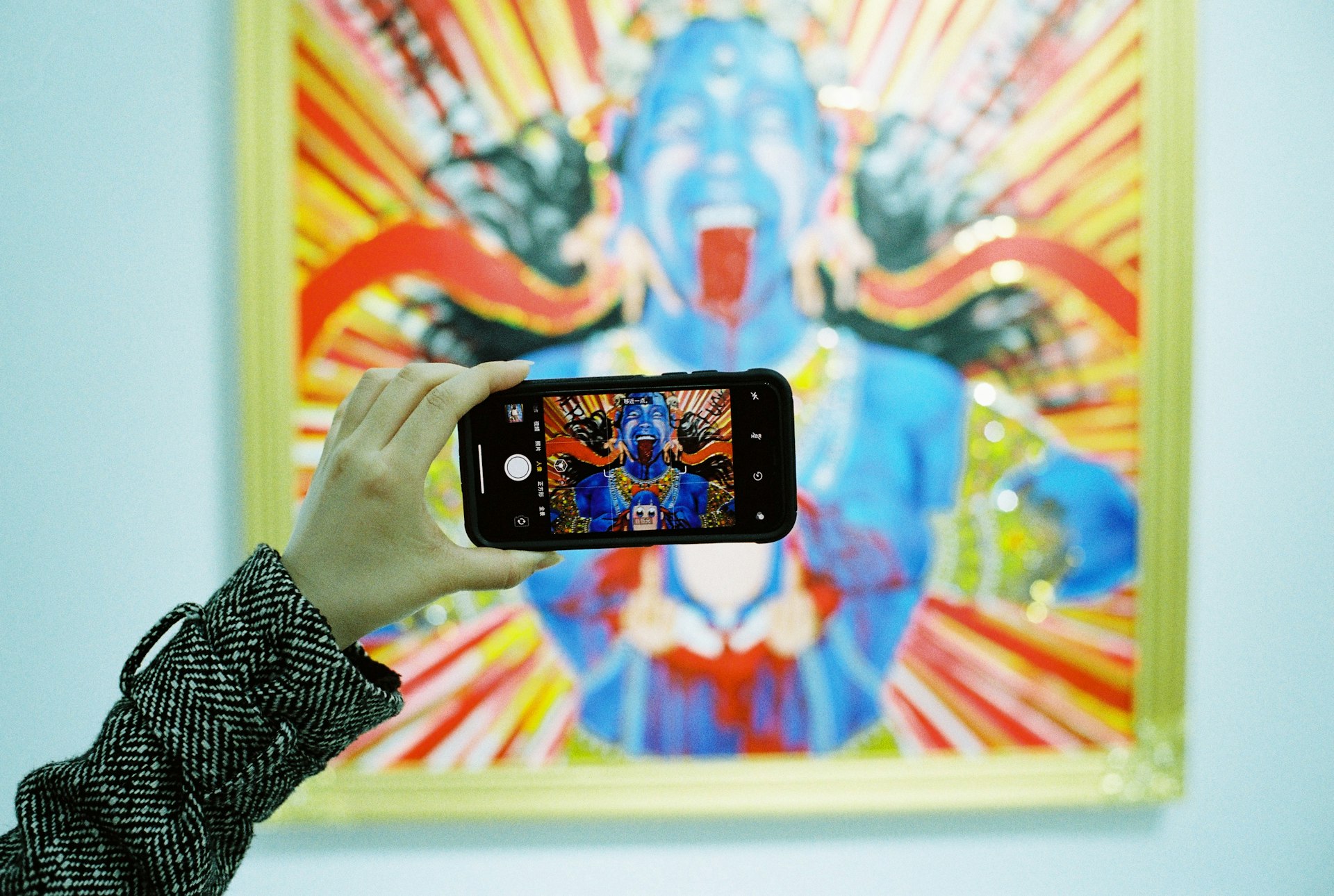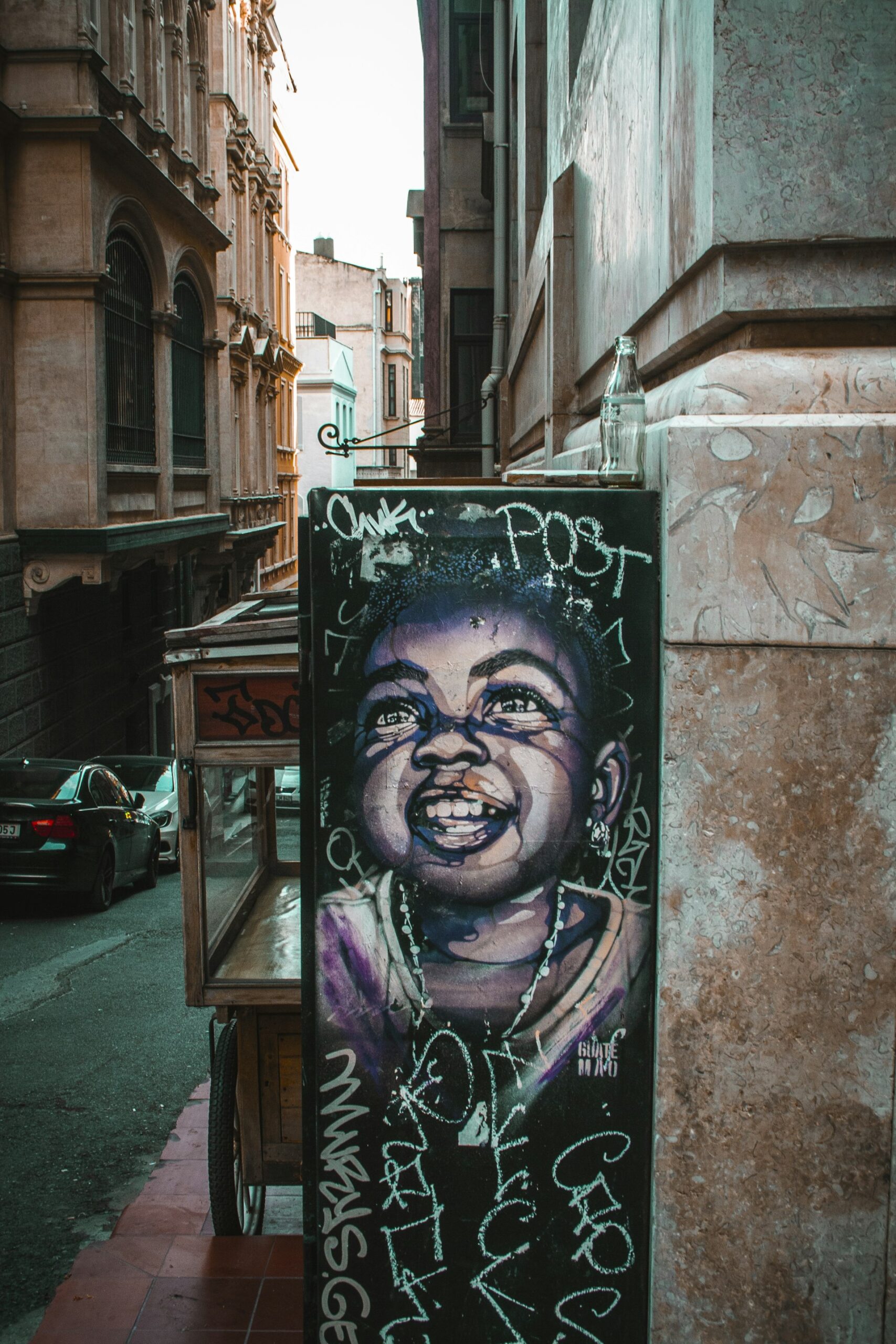Immersive Experiences: Installation Art’s Impact in Contemporary Museums

Photo by Erik 🖠on Unsplash
Introduction: The Rise of Installation Art in Contemporary Museums
Installation art, a genre defined by immersive, site-specific, and often large-scale environments, has become a centerpiece in the programming of contemporary museums worldwide. Unlike traditional paintings or sculptures, installations invite visitors to step inside, interact, and even become part of the artistic narrative. This approach fundamentally reshapes how audiences experience art and how museums design their spaces and engage their communities [5] .
Defining Installation Art: Beyond Traditional Exhibition
At its core, installation art transforms a space into a unified artistic environment. These works are often site-specific and designed to exist for a limited period. They may incorporate mixed media, sound, light, technology, and physical interaction, all aiming to provide a fully immersive experience for the viewer [5] . Unlike conventional art forms that are observed from a distance, installation art often surrounds the audience, making their presence crucial to the work’s meaning and impact [1] .
Why Installation Art Thrives in Contemporary Museums
Contemporary museums increasingly prioritize installation art for several reasons:
1. Enhanced Audience Engagement: Installations frequently require active participation, transforming visitors from passive viewers to engaged participants. This dynamic interaction fosters deeper emotional connections and creates memorable experiences that encourage repeat visits [4] .
2. Social Media and Cultural Relevance: The visually striking and experiential qualities of installations make them highly shareable on social platforms, amplifying museum visibility and attracting younger, digitally savvy audiences [4] .

Photo by Takafumi Yamashita on Unsplash
3. Flexibility and Innovation: Museums use installation art to experiment with new media, address contemporary issues, and collaborate with artists from diverse backgrounds. This flexibility supports ongoing innovation in exhibition programming and audience development [5] .
Landmark Examples: Installation Art in Leading Museums
Several world-class museums regularly feature installation art, showcasing its versatility and cultural impact:
Museum of Modern Art (MoMA), New York: Renowned for pioneering contemporary art, MoMA has hosted major installations that redefine the boundaries between art and audience [1] .
Tate Modern, London:
The Turbine Hall commissions, such as Olafur Eliasson’s
The Weather Project
and, more recently, Cecilia Vicuña’s
Brain Forest Quipu
, exemplify the monumental scale and immersive potential of installation art
[1]
.
Stedelijk Museum, Amsterdam:
With continuous programming of contemporary installations, visitors encounter innovative works like Yayoi Kusama’s
Aggregation: One Thousand Boats Show
[1]
.
Guggenheim Museum, Bilbao:
Featuring highlights such as Kusama’s
Infinity Mirrored Room
and El Anatsui’s
Rising Sea
, the museum underscores the global reach of installation art
[1]
.
Case Study: Yayoi Kusama’s Infinity Rooms
Yayoi Kusama’s
Infinity Mirrored Rooms
have become synonymous with immersive installation art. These environments use mirrors and lights to create the illusion of infinite space, enveloping visitors in a constantly shifting landscape. The popularity of these works demonstrates how installation art can draw global attention and drive museum attendance
[2]
.
Accessing Installation Art: Practical Steps for Museum Visitors
If you are interested in experiencing installation art in person, consider these actionable steps:
1. Research Museum Schedules: Many installations are temporary or rotate seasonally. Visit the official websites of major museums such as MoMA, Tate Modern, Stedelijk Museum, and Guggenheim Museum to check upcoming exhibitions and ticketing information. If you cannot find a direct link, search for the museum’s name followed by “installation art exhibitions.”
2. Plan Your Visit: Some installations require timed entry or advance reservations due to their popularity and limited capacity. Contact the museum’s visitor services by phone or email, or use their official booking platform if available.
3. Explore Local Opportunities: Regional and university museums often commission site-specific installations. Search for “installation art exhibitions” in your city or state, or check with local arts councils for current listings.
4. Engage Virtually: Several museums now offer virtual tours or video walkthroughs of major installations. Visit the official websites or YouTube channels of leading institutions for digital experiences of past and present installations.
Interactive and Immersive: The Audience’s Role
Installation art frequently involves the viewer as an active participant. For example, Random International’s
Rain Room
allows visitors to walk through simulated rainfall without getting wet, thanks to responsive sensors
[2]
. Other installations, like Ernesto Neto’s
SunForceOceanLife
at the Museum of Fine Arts, Houston, invite visitors to physically navigate the space, offering tactile and sensory engagement
[4]
.
Challenges and Solutions in Presenting Installation Art
Museums face several challenges when displaying installation art:
Space and Logistics: Large-scale installations may require significant spatial reconfiguration or even custom-built environments. Museums often collaborate closely with artists to ensure that the display meets technical and safety standards.
Conservation and Maintenance: Many installations use fragile, perishable, or unconventional materials. Museums must develop specialized protocols for care, security, and, when necessary, deinstallation.
Audience Flow: Popular installations can cause crowding and logistical issues. Solutions may include timed entry, guided tours, or digital reservation systems.
To overcome these challenges, museums typically:
- Work with experienced installation teams and art handlers
- Train staff in interactive audience management
- Regularly evaluate exhibition layouts for safety and accessibility
Alternative Approaches: Experiencing Installation Art Beyond Museums
While museums are primary venues, installation art increasingly appears in public spaces, festivals, and even underwater environments. For example, some large-scale works are installed outdoors or in unconventional locations, inviting broad community participation [3] . Underwater installations, such as submerged sculptures designed to promote marine conservation, offer unique experiential opportunities for divers and snorkelers.
Summary: Key Takeaways and Next Steps
Installation art has revolutionized the contemporary museum experience by prioritizing immersion, participation, and innovation. To access these dynamic exhibitions, research museum schedules, plan ahead for special installations, and consider both physical and virtual opportunities to engage. For those seeking to explore installation art beyond museums, public art projects and digital installations provide alternative entry points into this transformative genre.
References
- [1] Fine Art Shippers (2023). Installation Art in a Museum: A Brief History, and Where to See It.
- [2] The Collector (2023). What Is Installation Art? 10 Genre-Defining Masterpieces.
- [3] Basa Studio (2022). Top 4 Examples of Installation Art.
- [4] Studio Gallery DC (2021). Art in the Digital Age: Why Art Installations Are Leading the Way for an Exciting Future in Contemporary Art.
- [5] Tate (n.d.). Installation Art – Art Term.



